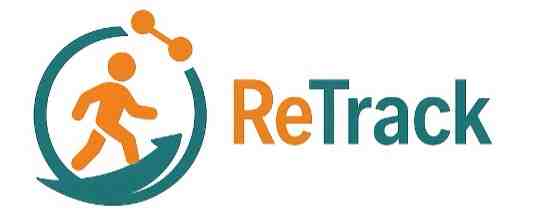Becoming a certified 3D scanner operator
Becoming a certified 3D scanner operator
Want to 3D scan spaces and buildings down to the centimeter for later use in your digital world? Then the Navvis VLX 3D scanner is your best choice. Researcher Cesar attended a 2-day course in Ostend to work with this 60 thousand euro machine

Main section
Quick facts
/
2 day program in Oostend
Slow Steps
We began first with the theory. We learned about the different parts and functions of the 3D scanner. The scanning itself is the easiest part of the process. The preparation and post-processing of the 3D images is more complicated. Before scanning a building you have to think about how you are going to walk through the building. What are the most efficient paths to scan every corner of the room? Then you put the Navvis 3D scanner on your shoulders, press a button, and start scanning.
Bottom section
Post-processing of the images
Everything is happening in the cloud these days, for Navvis this is no different. It takes a few hours for all the raw data to be uploaded and processed, then how you only have to align the different datasets (e.g. building floors). The panorama photos are impressive, but the 3D point cloud it generates is even more impressive. We can't wait to use this scanner in future projects.
Contributors
Authors
/
Cesar De Greve, Creative Technologist
Want to know more about our team?
Visit the team page
Last updated on: 3/24/2025
/
More stuff to read




